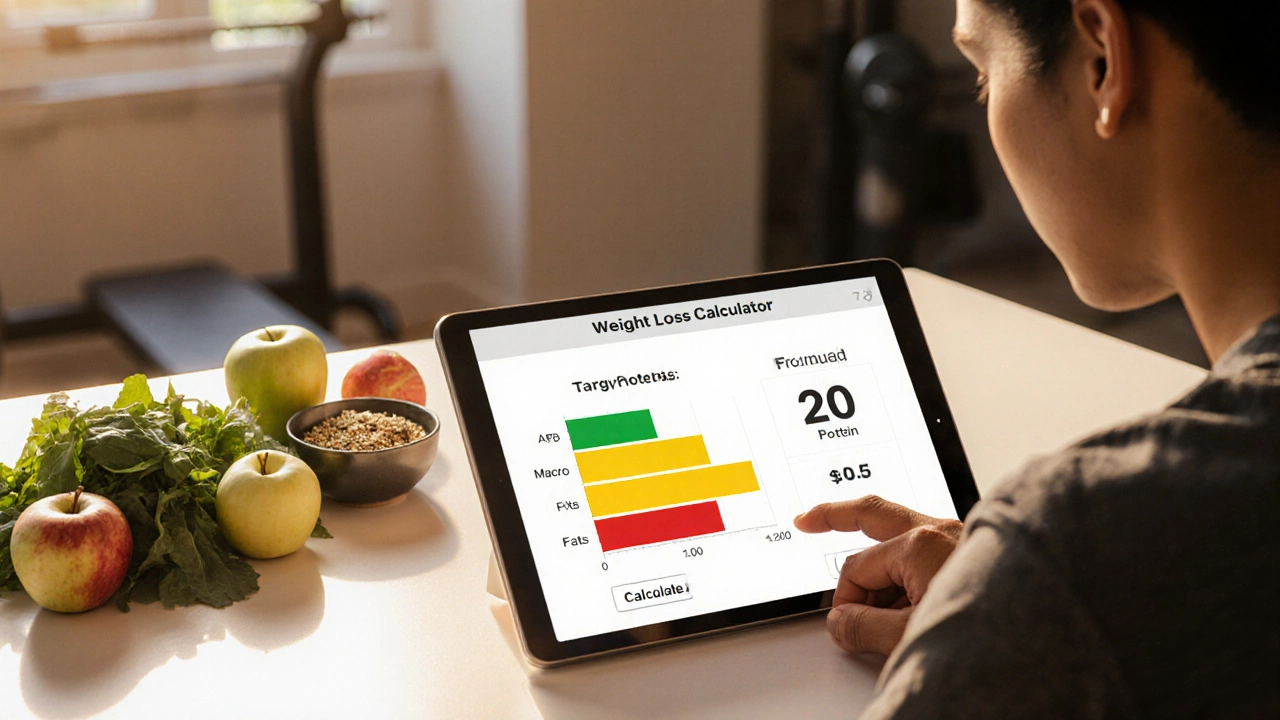Calorie Deficit: What It Is and How to Use It for Safe Weight Loss
Ever wonder why some diets work and others don’t? The secret often comes down to one simple idea – you need to eat fewer calories than you burn. That gap is called a calorie deficit. When the body doesn’t get enough energy from food, it taps into stored fat for fuel, and the scale starts to move.
How to Calculate Your Deficit
First, find out how many calories you need to stay where you are. Many apps let you plug in age, height, weight, and activity level to get a daily maintenance number. Once you have that, decide how big a deficit feels right for you. A safe range is usually 300‑500 calories less per day. That translates to about a half‑kilogram of weight loss each week – a pace most people can stick to.
For example, if your maintenance is 2,400 calories, aim for 1,900‑2,100 calories daily. You don’t have to count every bite forever; start by tracking meals for a week, then adjust based on how you feel and the numbers on the scale. Remember, the goal is consistency, not perfection.
Practical Tips to Keep the Deficit Sustainable
Pick foods that fill you up without loading on calories. Protein, fiber, and water‑rich veggies are your best friends. A grilled chicken salad or a bowl of lentil soup can keep hunger away while staying low in calories.
Don’t skip meals hoping it will speed things up. Skipping often leads to bigger cravings later and makes you overeat. Instead, spread your calories over three balanced meals and a couple of light snacks.
Stay active, but don’t rely on exercise alone to create the deficit. Moving more can boost the calorie gap, but remember that intense workouts also increase hunger. Pair a short walk or a quick bike ride with mindful eating for the best results.
Watch hidden calories in drinks. Sugary sodas, fancy coffees, and alcohol add up fast. Swapping them for water, tea, or black coffee can shave dozens of calories without feeling deprived.
Finally, listen to your body. If you feel constantly exhausted, dizzy, or irritable, you might be cutting too much. Slightly increase your intake or add a nutritious snack to keep energy steady while still losing weight.
Keeping a calorie deficit doesn’t have to be a chore. With a clear number, smart food choices, and a bit of movement, you can lose weight safely and feel better every day.

How to Lose 20 Pounds in 3 Months - Simple, Safe Plan
A practical, step‑by‑step guide to safely lose 20 pounds in three months with calorie targets, macro basics, workout plans, and tips to avoid common pitfalls.




